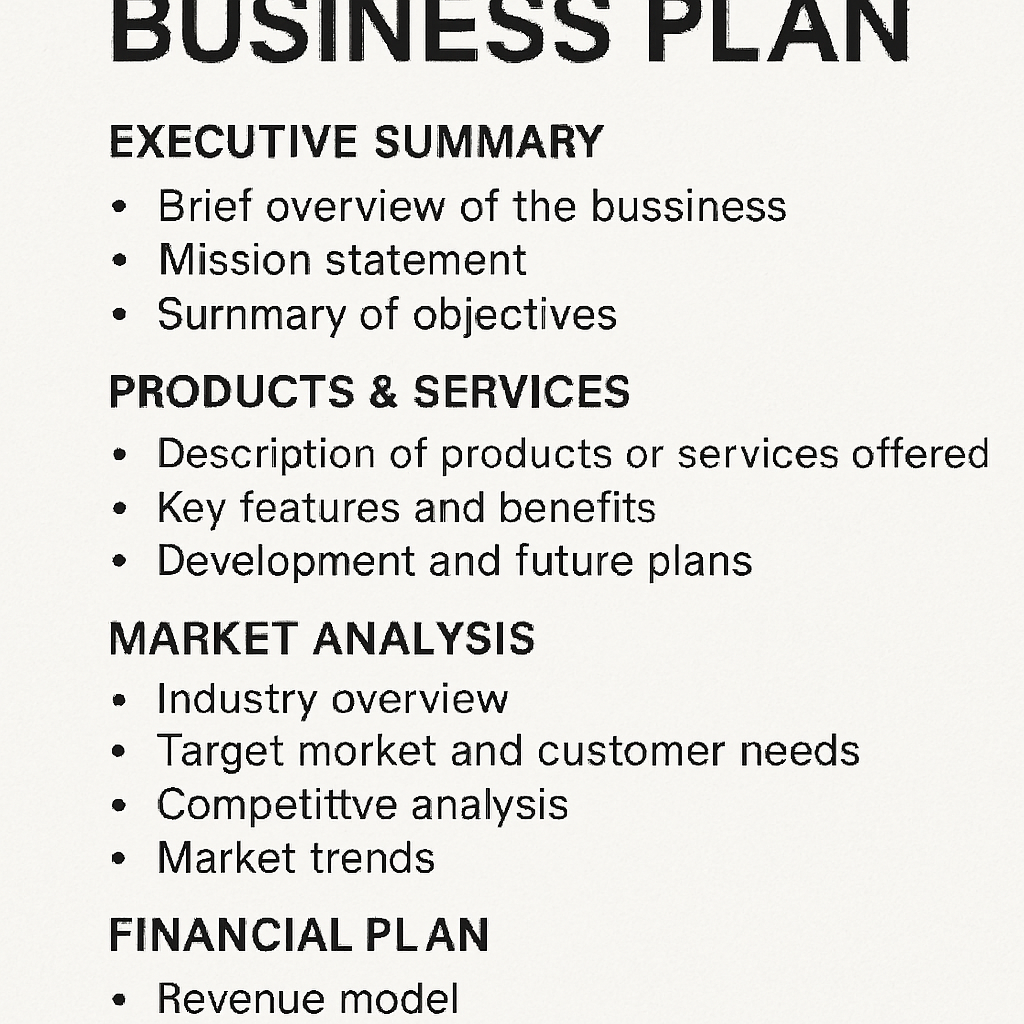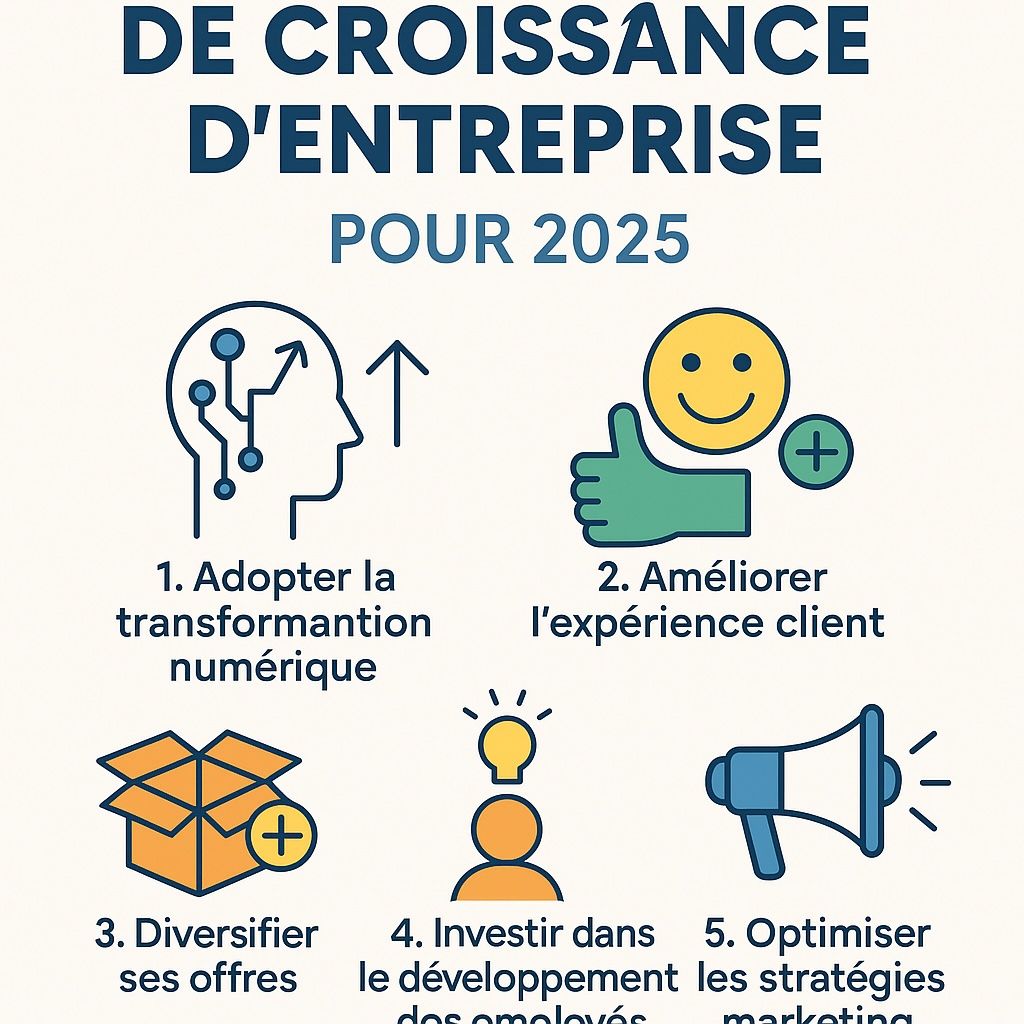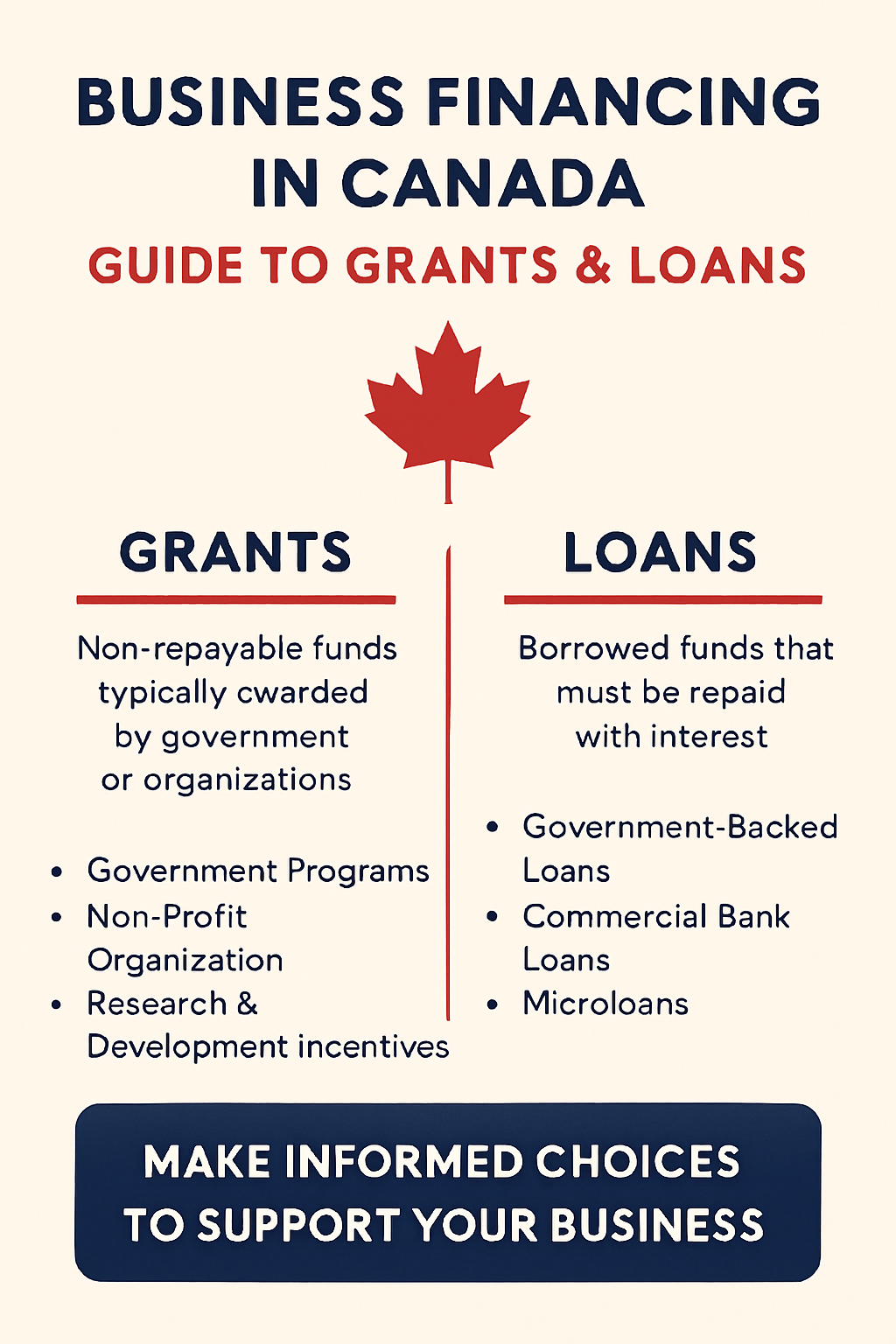Market segmentation is a powerful tool for businesses. It involves dividing a broad market into smaller, more manageable groups that share common needs or characteristics.
This approach allows companies to tailor their marketing strategies and focus on specific needs, which improves engagement.
Les bénéfices de la segmentation du marché sont nombreux : un marketing plus efficace, une satisfaction client accrue et une rentabilité renforcée.
Comprendre les avantages de la segmentation est essentiel : cela aide à élaborer des stratégies qui résonnent réellement auprès des publics cibles.
La segmentation n’est pas qu’un mot à la mode, c’est une approche stratégique qui peut transformer le fonctionnement de l’entreprise.
En se concentrant sur des segments spécifiques, les entreprises peuvent optimiser leurs ressources, améliorer leur efficacité et obtenir de meilleurs résultats.
Dans cet article, nous explorerons la puissance de la segmentation de marché et découvrirons comment elle peut maximiser l’impact de votre entreprise.
Definition: What is market segmentation?
Market segmentation is a marketing strategy that involves dividing a broad target market into distinct subsets, based on similar characteristics or needs.
The concept is simple and effective. By understanding specific segments, companies can tailor their marketing efforts to increase the relevance and impact of their campaigns.
Segmentation allows for a better understanding of customers, facilitating targeted communication and tailored product offerings. The result? Improved customer satisfaction and enhanced business success.
Segmentation is generally based on four main criteria: demographic, geographic, psychographic, and behavioral. Each provides a different insight into consumer preferences.
- Demographic
- Geographic
- Psychographic
- Behavioral
Adopting segmentation is transforming one's commercial strategy to align products with the demands of each segment, which strengthens the competitive position.
Key market segmentation types
Segmentation allows grouping consumers according to common attributes. These types of segmentation help businesses to better target their audiences.
1. Demographic segmentation
It is based on quantifiable criteria such as age, gender, income, education level.
This allows for the design of tailored offers: a high-end product for high incomes, or messages targeting specific age groups.
- Age
- Gender
- Income
- Education level
2. Geographic Segmentation
She segments the market by location: country, region, city, neighborhood.
Preferences vary according to climate, culture, and local trends. A localized approach optimizes promotions, logistics, and customer experience.
- Countries
- Region
- City
- Climate
3. Psychographic segmentation
Elle s’intéresse aux traits psychologiques : style de vie, valeurs, hobbies, personnalité.
Ces informations profondes permettent une connexion émotionnelle de marque.
- Lifestyle
- Values
- Interests
- Personality traits
4. Behavioral Segmentation
She analyzes the actual behaviors of customers: purchases, interactions, product usage.
This helps to anticipate trends and retain the most engaged customers.
- Purchase frequency
- Brand loyalty
- Utilization rate
- Desired benefits
5. Other Approaches
- Firmographic: B2B targeting by industry, company size
- Technographic : use of technologies, devices, platforms
- Generational : age groups according to common experiences and preferences
The benefits of market segmentation
- More effective marketing strategies
- Targeted and relevant messages
- Reduction of resource wastage
- Best conversion rate
- Improved customer satisfaction and experience
- Offers matching expectations
- Personalized interaction
- Loyalty, recommendations, and positive reviews
- Increased profitability and ROI
- Reduction of costs associated with marketing efforts
- Targeted sales in high-potential segments
- Allocating resources where they are most profitable
- Product innovation boosted
- Detection of unmet needs
- Targeted and relevant development
- Competitive advantage
- Efficient resource allocation
- Smart budget allocation
- Optimized marketing, R&D, customer service
- More agility
- Strengthened brand loyalty
- Increased emotional connections
- More loyal customers, less sensitive to price
- Recommendations and loyalty
- Differentiation and competitive advantage
- Unique positioning
- Specific value for each segment
- Improved brand perception
- Detection of new opportunities
- Exploration of untapped niches
- Expansion into new markets
- Risk mitigation
Concrete examples of successful segmentation
- Coca‑Cola : demographic and psychographic segmentation for different audiences (youth, athletes…)
- Nike : targeting by types of athletes and fitness lifestyles
- Netflix : behavioral segmentation for personalized recommendations
These brands combine multiple types of segmentation to create powerful campaigns, enhance loyalty, and strengthen their positioning.
How to implement segmentation?
- Set goals: what outcome do you want?
- Conduct a market study : gather data on customers
- Identify the segments : group according to characteristics or needs
- Assess the potential: size, profitability, growth
- Develop strategies: campaigns and products tailored to each segment
Result: informed decisions, more impactful marketing, and strong customer relationships.
Pitfalls to avoid
- Over-segmentation : too many segments = dilution of efforts
- Insufficient analysis : risk of decisions based on bad data
- Ignoring market evolution: segments change, analysis must be continuous
The role of data and technology
- Les big data et l’analytique avancée permettent une segmentation précise et réactive
- Technologies transform data into strategic actions
Segmentation tailored to each company size and sector
- Startups, SMEs as well as large corporations can benefit from segmentation
- Sectors such as retail, tech, healthcare use it to meet specific needs
- Strategies vary depending on resources, industry trends, and the competitive landscape
FAQ on segmentation
- What is segmentation?
Dividing a market into subsets according to common needs or characteristics. - What are the benefits?
Targeted marketing, customer satisfaction, profitability, optimized conversion. - What key types?
Demographic, geographic, psychographic, behavioral. - Why understand segmentation?
To prioritize the most profitable segments. - What role does data play?
Identifies, analyzes, and enables precise targeting. - Do small businesses benefit from it?
Absolutely: they optimize resources and results with less effort.
Conclusion
Market segmentation is a powerful lever for transforming marketing efforts. By understanding the varied needs of consumers, companies can design targeted strategies, improve customer experiences, and increase their profitability.
It allows for intelligent allocation of resources, boosts innovation, and provides a sustainable competitive advantage.
Today, in a competitive environment, using segmentation is essential to differentiate oneself, discover new niches, and ensure sustainable growth.



 Carl Lucier
Carl Lucier
